Last month we took a look at the topic of flight club management tools and some of the features that can automate many of the administrative functions necessary to run a club. This is the first of two articles in which we talk to clubs that are using the different programs to get a real-world perspective on the four products featured last month – Coflyt, Flight Circle, Pilot Partner, and WhenYouFly.
There are far too many features and nuances of each product to fully describe them. The underlying fact is that all of these products provided benefits that are useful to a club. Determining what would be the best fit for your club depends on what aspects of the management software is most important to you.
The Monmouth Area Flying Club has been using Flight Circle for a number of years to manage its fleet of seven aircraft based at Lakewood Airport (N12) in New Jersey, and the Lockhart Flying Club based at Lockhart Municipal Airport (50R) near Austin, Texas has been using Pilot Partner for the past year to manage its two aircraft. The presidents of each club, Monmouth’s Joe Bonacci, and Lockhart’s Mark Needham, took some time to share what their club likes best about the software they use.

Flight Circle – Monmouth Area Flying Club
Flight Circle has been on the market since 2014 and has continued to evolve and add more features over time. It has a mobile responsive design so the web site is optimized for any mobile device, such as a phone or tablet. There is no app to download. It brings maintenance, billing, and scheduling into one system. A logbook feature is being developed and expected later this year. It costs $10 a month for each aircraft and allows an unlimited number of users.
The Monmouth Area Flying Club (MAFC) was founded in its present form in 1985. It has about 160 members and operates seven aircraft – two Cessna 152s, three Cessna 172s, a Piper Archer and a Piper Arrow. Club President Joe Bonacci said MAFC has been using Flight Circle for about eight years. The club had used another scheduling software and switched because Flight Circle “was supposedly a better way to do things, and it is.”
“As a pilot, what I think the best part about it is the reservation system and the payment system,” Joe said. He likes that scheduling is “efficient and easy,” and after making a reservation, the member receives an email confirmation of the booking. One day before the scheduled flight, a reminder email is automatically sent to the member.
Billing
Joe also likes the billing system because of its simplicity and automatic functions. Upon entering the Tach and Hobbs time after a flight, the software automatically calculates the charge. Credit cards are stored on file and with a single click, the member can pay for their flight immediately – no waiting for a monthly invoice. Another feature is that you can carry a balance in your account and Flight Circle can automatically deduct what you owe for the flight.
The system has flexibility to allow members to pay using a variety of methods. “Some do an auto debit from their bank account, some use the credit card function,” Joe said. “Some of the old school guys leave a check in the box. Whatever the membership wants to do, it can be accommodated through Flight Circle.”
Most members use the automatic bill feature to pay their monthly dues. Each month members receive an email invoice that shows their account balance. Those that pay by check can go into the software and mark that they have paid their balance. For those that use the auto debit or credit card features to pay, the money is deposited directly into the club’s bank account. The club has not linked Flight Circle with QuickBooks yet, but they are looking at possibly doing so.
Member Roster
Another feature Joe likes is that the “members” tab provides a list of club members and their contact information – email and phone number. Members can even upload a photo if they wish, which is a nice touch, particularly with larger clubs where knowing everyone can be challenging.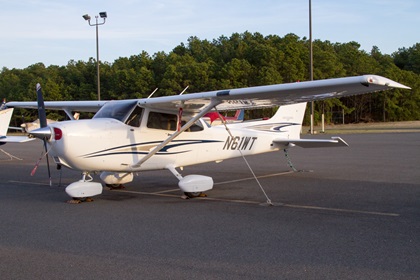
Maintenance
Having a management tool that tracks maintenance is particularly helpful in a club that operates a fleet of seven aircraft. “It’s a great feature, it’s phenomenal,” Joe said. “You’ve got to know how many hours are on the plane, when is the next TBO coming up? When was the last 50-hour oil change? All of that data is in there,” Joe said. The club’s operation’s officer runs monthly reports and does a presentation at each board meeting. In addition to tracking routine maintenance items, he can run reports that include how many pilots flew that month, what aircraft they flew, how many hours, the number of cancellations and the reasons.
Members can add squawks so the next pilot to fly the plane can see what the issue is. The club has a crew chief for each aircraft and a maintenance officer who will review the squawks and make the determination if the issue is severe enough to ground the aircraft. If they do ground an aircraft, a red line shows in the scheduling feature so members can’t book the plane.
Pilot Currency
Besides tracking routine maintenance issues, the software can track pilot currency. MAFC requires pilots to take a check-ride every six months in addition to their flight review every two years. It can also track a member’s medical currency. If a member is out of currency for their check ride, they won’t be able to schedule a plane unless they also enter the name of an instructor they will be flying with.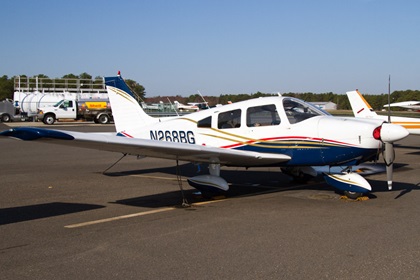
Booking an instructor is similar to booking a plane. In Flight Circle on the schedule page the different aircraft are listed by N-number on the left. A separate section below the aircraft lists the instructors on the left. To book a plane with an instructor the member schedules the plane for the time they want on top, and then schedules the instructor for that time on the bottom.
If your club is considering Flight Circle, “it would be well worth it. It will simplify your reservation system and it will simplify your billing system,” Joe said. “It will give you very good operational data to help you manage the membership and the aircraft to the best of your ability.”
Factsheet
|
Name |
Monmouth Area Flying Club |
|
Location |
Lakewood Airport (N12) Lakewood, NJ |
|
Website |
|
|
|
https://www.facebook.com/Monmouth-Area-Flying-Club-94134117971/ |
|
Year formed |
1985 |
|
Aircraft |
1973 Piper Arrow ($140/hr) 1976 Piper Archer ($120/hr) 2005 Cessna 172SP ($120/hr) 1971 Cessna 172L ($99/hr) 1975 Cessna 172M ($99/hr) 1978 Cessna 152 ($79/hr) 1978 Cessna 152 ($79/hr)
Rates are Hobbs time, wet. |
|
Registration fee |
$1,100 buy in |
|
Monthly dues |
$40 per month |
|
Membership |
160 |
|
Scheduler/Mgt Tool |
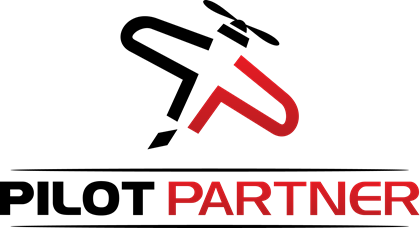
Pilot Partner – Lockhart Flying Club
Pilot Partner started in 1997 as one of the first electronic logbooks, before expanding into an all encompassing flying club management tool about two years ago. The difference between Pilot Partner and other management tools is that it uses the logged flight as the centerpiece rather than the scheduled flight. One of its features is that it has a budgeting tool that can split monthly dues and hourly costs into budget categories such as engine reserve, insurance, annual, hangar fees, etc.
It has a variety of pricing options - $14.95 a month or $149.50 for a year for a single aircraft with unlimited users. If a club has between two and six aircraft, the price is $12.95 a month or $129.50 a year for each aircraft. If the club operates seven or more aircraft, the price drops to $9.95 a month or $99.50 a year per plane.
The Lockhart Flying club was founded in 2018 and is based at Lockhart Municipal Airport (50R) south of Austin, Texas. It has 18 members and two aircraft – a Cessna 150 that is used for local flights and training, and a Cessna 182 that is mostly used for longer cross country trips within Texas and out of state.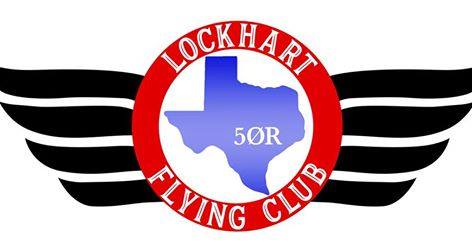
When the club was formed it used a management tool that its maintenance officer, who is an A&P/IA, was familiar with from having managed a few flight school fleets. The club ran into a few challenges with the software because of the way they operate. “It seemed that there needed to be a central person in charge of it and it wasn’t really hands off allowing the pilots to do their thing with everything working in the background,” Club President Mark Needham said.
Mark was using Pilot Partner as an electronic logbook and knew the product was adding features to be used by flying clubs. The club looked at three or four products and decided to go with Pilot Partner because “you can track your maintenance, schedule, make payments, the whole nine yards,” Mark said. “Once you get it set up it basically runs in the background.”
Logbook
What Mark likes best is the logbook feature that allows a member to log specific categories like PIC, dual received, solo, cross country, flight review, instrument proficiency check, as well as number of landings or touch and goes during the day or night, approaches, and even has a category for logging the flight as a CFI. He also likes he can write a longer description of the flight than most paper log books and add photos. “I like being able to have a graphic way to track all my flights,” Mark said.
But more importantly, if your club allows members to use club aircraft for flight training, a CFI can sign off a student using the app. “If somebody doesn’t have their logbook with them, the instructor can make a notation in the [electronic] logbook and signoff on whatever it was that they were doing in Pilot Partner and it’s a legal document,” Mark said.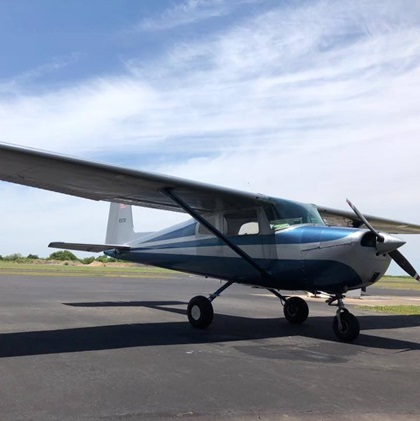
There are several templates including endorsements for solo, written and practical tests, and different ratings – all with the FAR listed. With just a few taps of the endorsement tab on the app you can select the proper endorsement, it will automatically fill in the pilot’s name and date, and then the instructor adds their name, CFI number and signs.
Scheduler
The scheduler uses Google calendar. When a new member joins the club, part of the onboarding process is getting the Google calendar set up so they can schedule a plane. It is compatible with both iPhones and Android devices. The only challenge the club has had is the initial setup to get the Google calendar to sync with the aircraft on everyone’s phone or tablet, but Mark said they are getting better at that and it’s getting easier. “But once you’re set up, it’s the easiest thing,” Mark said. You go into Google calendar, tap the day and enter the time you want to schedule the plane, write a description such as your name, and you’re done.
Maintenance
The maintenance tracking, like the logbook, has a lot of detail and options. To start you need to go to the web site and spend some time with your maintenance logs to add in all the data. There is a setup wizard that helps walk you through adding the standard inspection items – annual, 100-hour inspection, pitot static system, ELT, transponder, and oil change. You can add engine type and TBO, information on each cylinder, each mag, and the propeller. The maintenance tracker also shows ADs for the aircraft, which are automatically generated through Pilot Partner as long as you’ve entered aircraft specific information into the web site. The program also allows a club to add several custom categories. The approach is “you can use as much or as little of this feature as you want,” Mark said.
On the maintenance tracker for each aircraft in Pilot Partner, it has color-coded triangles for inspections and equipment, something all of the management tools have – green is good, yellow means something is coming due, and red means it’s past due. In addition to the color-coding, it shows the number of days or hours before an item is due. “You can set up Pilot Partner so that every week it sends out a report on each aircraft and shows its maintenance and what’s coming up,” Mark said. “I know Ken [our maintenance officer] has used that feature. It’s been really good being able to track all of our maintenance.”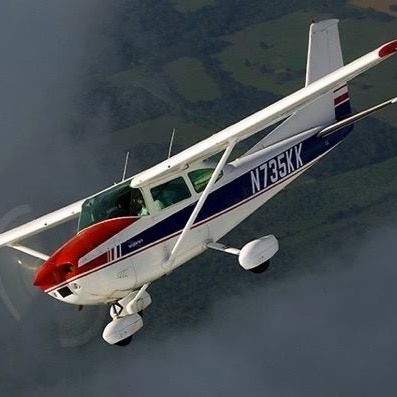
Billing
Lockhart Flying Club does all its billing through Pilot Partner. They haven’t integrated it with QuickBooks, but that is a feature they are looking at. Each month the treasurer goes through Pilot Partner to make sure everything is correct and with a click of a button, it emails invoices to the members. They can pay online or through the app. Once the invoices are sent, the balance shows on the app below a member’s flight time. If a member doesn’t want to pay using a credit card, they can send a check and the treasurer will go into Pilot Partner to show the bill has been paid.
“Before pulling the trigger on Pilot Partner I looked at a number of different platforms and some worked really well as schedulers, others worked really well for maintenance tracking, another one might have been better at billing, but none of them seemed to do all the things we needed to do in one package,” Mark said. “From my observation, Pilot Partner has integrated all these different aspects into a platform that works. It does everything we ask it to do and there’s a lot of stuff that it can do that we’re not even using. If someone came to me, I would say it’s worth having a serious talk about.”
Factsheet
|
Name |
Lockhart Flying Club |
|
Location |
Lockhart Municipal Airport (50R) Lockhart, TX |
|
Website |
In development |
|
|
|
|
|
|
|
Year formed |
2018 |
|
Aircraft |
1963 Cessna 150 ($60/hr wet) 1978 Cessna 182Q ($105/hr dry) Rates are Hobbs time. |
|
Registration fee |
$2,000 buy in |
|
Monthly dues |
$150 per month – All-in Members |
|
Membership |
18 |
|
Scheduler/Mgt Tool |